Lockdown and social distancing are the most important government intervention for the prevention and control of COVID-19. To fight the coronavirus outbreak, governments across the country have closed schools, travel and businesses.
The consequences are economic costs that will be throwing millions of people out of work and millions of students out of school.
Coronavirus disease (COVID-19) is an infectious disease caused by a newly discovered coronavirus. Most people infected with the COVID-19 virus will experience mild to moderate respiratory illness and recover without requiring special treatment.
Protect yourself and others from infection by washing your hands or using an alcohol-based rub frequently and not touching your face.
Older people, and those with underlying medical problems like cardiovascular disease, diabetes, chronic respiratory disease, and cancer are more likely to develop serious illnesses.
The best way to prevent and slow down transmission is to be well informed about the COVID-19 virus, the disease it causes and how it spreads.
Protect yourself and others from infection by washing your hands or using an alcohol-based rub frequently and not touching your face.
The COVID-19 virus spreads primarily through droplets of saliva or discharge from the nose when an infected person coughs or sneezes, so it’s important that you also practice respiratory etiquette (for example, by coughing into a flexed elbow).
At this time, there are no specific vaccines or treatments for COVID-19. However, there are many ongoing clinical trials evaluating potential treatments. WHO will continue to provide updated information as soon as clinical findings become available.
Lockdown, improving the hygiene and sanitation at the household level, social distancing is pretty much the only intervention available to help individuals stay healthy, and to break the chain of transmission – giving more vulnerable populations a fighting chance of surviving this pandemic.
The federal government should continue to take a lead to build up national response to COVID-19, State and local authorities (Rural and Urban Municipalities) should continue in the frontline to provide prevention and prevention health services.
The role of central and regional hospitals is crucial to provide curative services to the suspect and positive COVID-19 cases. Public Health officials, Nurses, and Female Community Health Volunteers are important for providing preventive services, fever screening, contact tracing of the COVID-19 positives and suspects, quarantine and isolation as needed.
So, have the lockdowns worked?
Starting 24 January 2020, the Chinese government locked-down Hubei Province, including Wuhan, the city of 11 million where the outbreak started.
They halted transportation in and out and barred tens of millions of people from working or going to school and closed all shops except those selling food or medicine. In some areas, residents were even forced to limit trips to the store or order supplies for delivery.
This unprecedented lockdown of tens of millions of people was considered a ‘vast experience’– but it may have worked. Following the lockdown, cases began to slow. On 19 March, China’s National Health Commission reported no new confirmed infections in Hubei.
Starting 24 March 2020, the Nepal government lock-down started national wide, the nation’s 30 million population restricted at home. The transportation halted in and out and barred tens of millions of people from working or going to school and closed all shops except those selling food or medicine. In some areas, residents were even forced to limit trips to the store or order supplies for delivery. This unprecedented lockdown is completely functional to prevent COVID-19.
Due to differences in reporting methods, retrospective data consolidation, and reporting delays, the number of new cases may not always reflect the exact difference between yesterday’s and today’s totals.
India and other neighboring counties have been under similarly intense nationwide lockdowns, with citizens required to stay in their homes except for work, food shopping or medical appointments. We urge government leaders to carefully consider the complete shutdown of businesses and schools.
As of today, Nepal reported 12 COVID-19 cases. A recent report of three new cases has given the alarm of alertness. The government has adopted a stay home policy.
Stay home, social distancing (which means staying no closer than six feet away from another person, as per Centers for Disease Control and Prevention (CDC) guidelines), quarantine (People who live with or come in close contact with someone who has tested positive for the coronavirus) and isolation (it is reserved for people who have symptoms such as fever, cough and/or shortness of breath) became essential to contain COVID-19.
All are important steps to prevent the spread of COVID-19. This is strongly suggested to follow the health recommendations to stay inside home for a certain period.
These steps are important and an absolute need to protect all of us. And bear in mind that these are temporary. Meanwhile, there are things you can do right now to help prevent outbreaks of any kind by just following good hygiene — you’re your hands often — cough and sneeze into a tissue paper (and then throw it away) or your elbow or shoulder.
Due to differences in reporting methods, retrospective data consolidation, and reporting delays, the number of new cases may not always reflect the exact difference between yesterday’s and today’s totals.
WHO COVID-19 situation
Reports present official counts of confirmed COVID-19 cases, thus differences between WHO reports and other sources of COVID-19 data using different inclusion criteria and different data cutoff times are to be expected.
Unfold the COVID-19 lockdown and return to the normal state
Returning to a state of normalcy following the coronavirus pandemic will require a series of delicate stages involving breaking the chain of transmission and maintaining a sustained decrease in new cases.
We haven’t found the established local transmission in the country, no new cases in communities (except one case) and no outbreak yet. We need to continue scaling up the testing, social distancing, quarantine, isolation, and lockdown.
For now, we need to focus very energetically on the things that are inside our control, such as staying at home and practicing good hygiene. Lifting restrictions too quickly could lead to a deadly resurgence.
There’s a lot of time left in this pandemic for things to unfold. The different phases the country will have to pass through to get what’s left of normal life back following the devastating impacts of the pandemic in many countries.
We have to open our society again but we have to do it gradually and carefully. For example, we need to plan for different hours of working and opening the schools at different times of the day.
We have to prevent rush hour in public transport, and when we go to work, it has to be in a different way than we are used to. We need to have the following steps to unfold the lockdown:
Phase 1
The first health care infrastructure ready to handle an influx of sick patients and slowing the spread of the contagious virus by maintaining social distancing. The response needs to be localized with sufficient public health and medical services.
The health workers can access the masks, gloves, gowns and other PPE they need to do their jobs safely and effectively.
Phase 2
The hospital’s capacity to safely treat everyone who needs care must be demonstrated by the Government and Private hospitals.
There must be a capacity to test everyone who experiences symptoms and perform contact tracing. Testing capacity is still a major issue at the State and districts level in the country.
Preventive measures are in place in workplaces, schools and other places where people need to go. The communities are fully aware of and engaged in the transition.
Under phase two, strict physical distancing measures can be lifted and schools and businesses could reopen.
Phase 3
Once a vaccine or other therapeutic treatment is made to combat the coronavirus, a third phase of building immunity, lifting all social distancing measures and preventing further infection can be activated.
We need to let the public health teams in each State and Town and local municipalities, and localities, together with leadership, move us forward to understand when it is safe to relax some of the physical distancing that’s occurring. It does need to be a very thoughtful and well-considered decision.
For now, we need to focus very energetically on the things that are inside our control, such as staying at home and practicing good hygiene. Lifting restrictions too quickly could lead to a deadly resurgence.
When there is a choice between economic prosperity, hunger, unemployment, opening the schools (school days loss) and the preservation of human life comes, we should go for the preservation of human life which can not be compared with all kinds of wealth.
Entire Government infrastructure, political parties and all partners in the country needs to be fully committed for working under the leadership of the central and local government to end the CIVID-19.


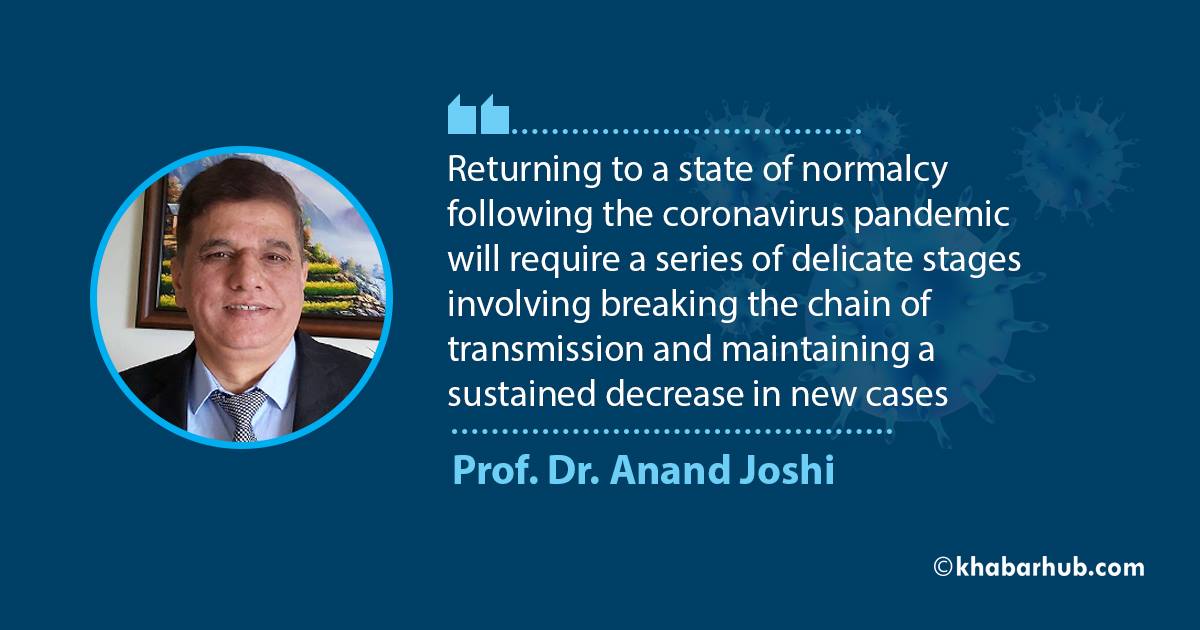
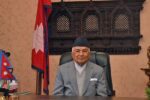
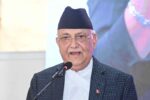

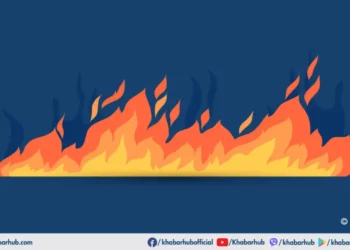
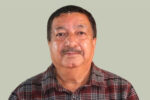

Comment